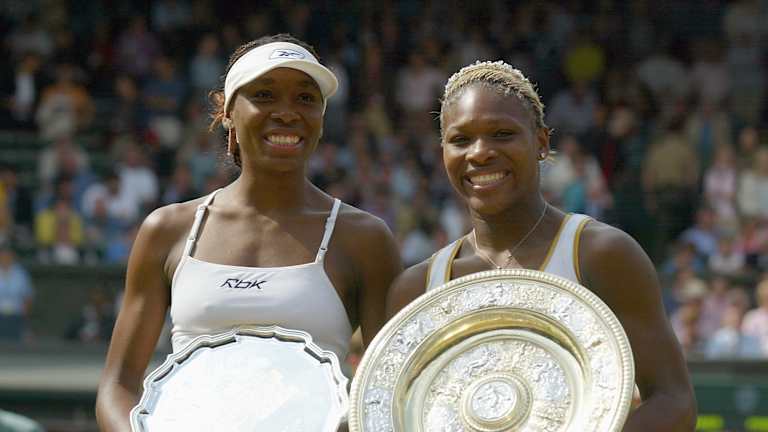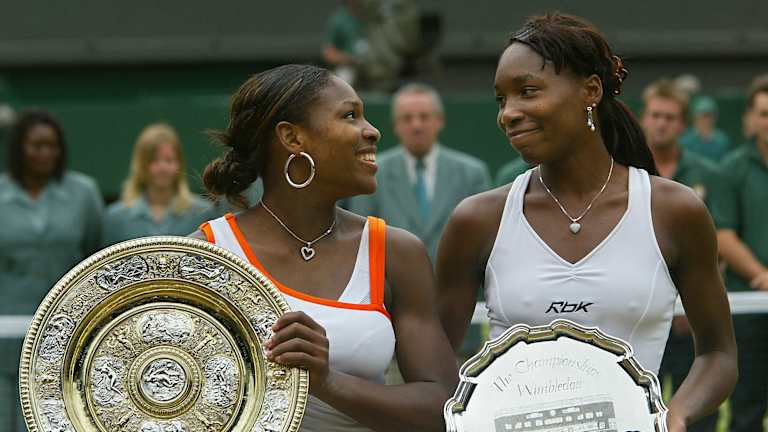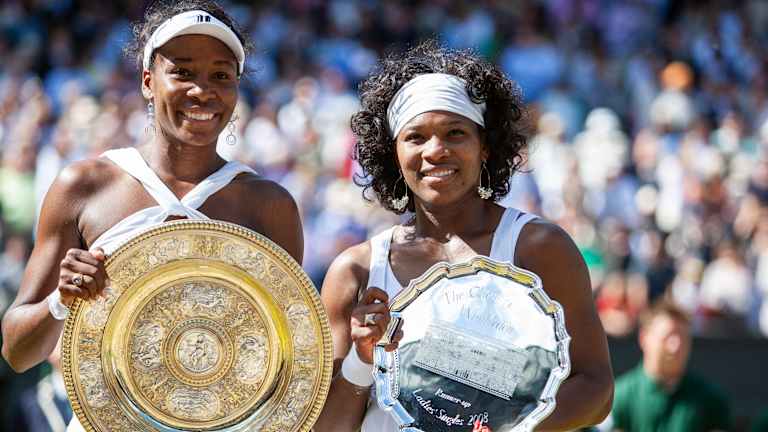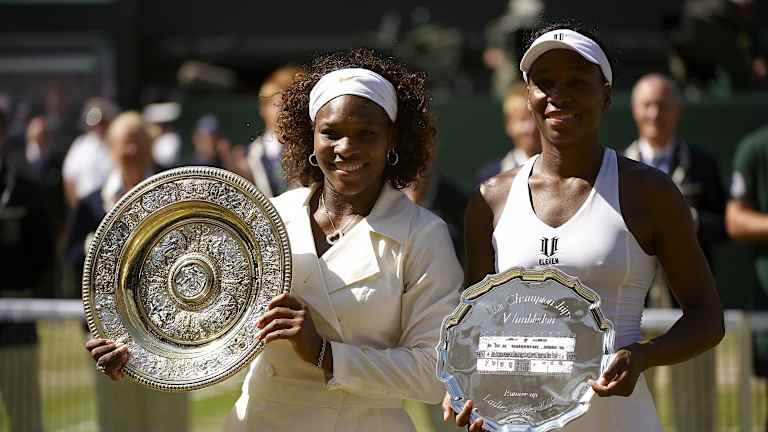Wimbledon without a Williams sister: Imagine that.
By Jun 30, 2024Darren Cahill: Jannik Sinner watches more Carlos Alcaraz matches than he does with any other player
By Jul 14, 2025Jannik Sinner reignites Carlos Alcaraz rivalry with Wimbledon victory
By Jul 14, 2025Jannik Sinner reversed his usual pattern against Carlos Alcaraz. It won him Wimbledon
By Jul 14, 2025Veronika Kudermetova and Elise Mertens win women's doubles title at Wimbledon
By Jul 13, 2025Joy to the World: What Carlos Alcaraz has, and what we are enjoying
By Jul 13, 2025Iga Swiatek keeps surprising herself after Wimbledon title caps "surreal" turnaround on grass
By Jul 12, 2025Iga Swiatek wins first Wimbledon, sixth Grand Slam title with 6-0, 6-0 rout of Amanda Anisimova
By Jul 12, 2025Wimbledon men's final preview: Will Carlos Alcaraz, Jannik Sinner share another epic?
By Jul 12, 2025Julian Cash, Lloyd Glasspool become first all-British pair to win Wimbledon men's doubles title since 1936
By Jul 12, 2025Wimbledon without a Williams sister: Imagine that.
The 2024 Championships marks the first time since 1996 that neither Venus nor Serena—whom have combined to win 12 titles—will be in the women’s singles draw.
Published Jun 30, 2024
Advertising

The first all-Williams Wimbledon final took place in 2002, with Serena snapping Venus' 20-match win streak at SW19.
© Getty Images
Advertising

Serena and Venus met again in the final the following year in 2003, with Serena defending her title in three sets.
© 2003 AFP
Advertising

Venus scored her first Grand Slam final win over Serena in nearly seven years when she won the 2008 Championships over her little sister in straight sets.
© Getty Images
Advertising

Serena won the last all-Williams Wimbledon final in 2009 but the two went on to share six total victories in women's doubles.
© Sports Illustrated via Getty Ima